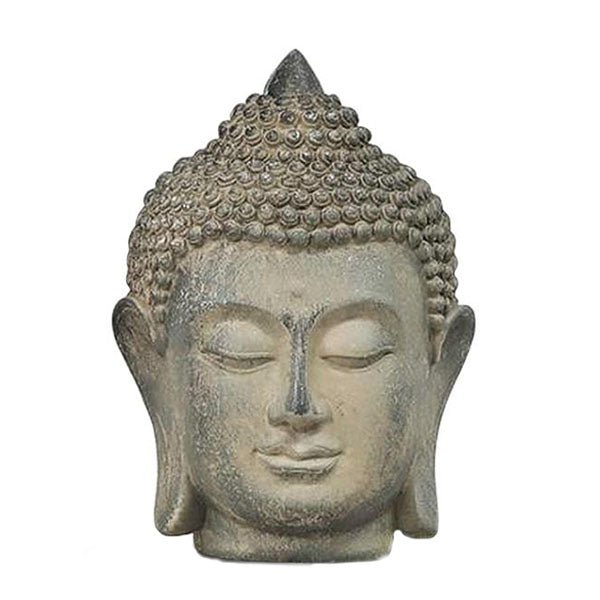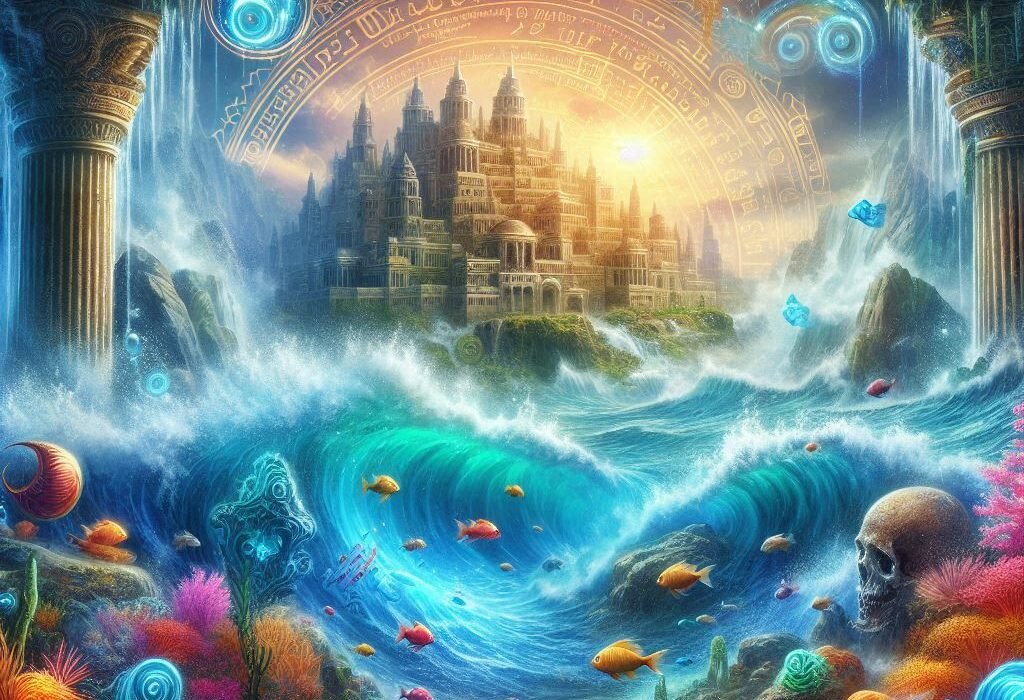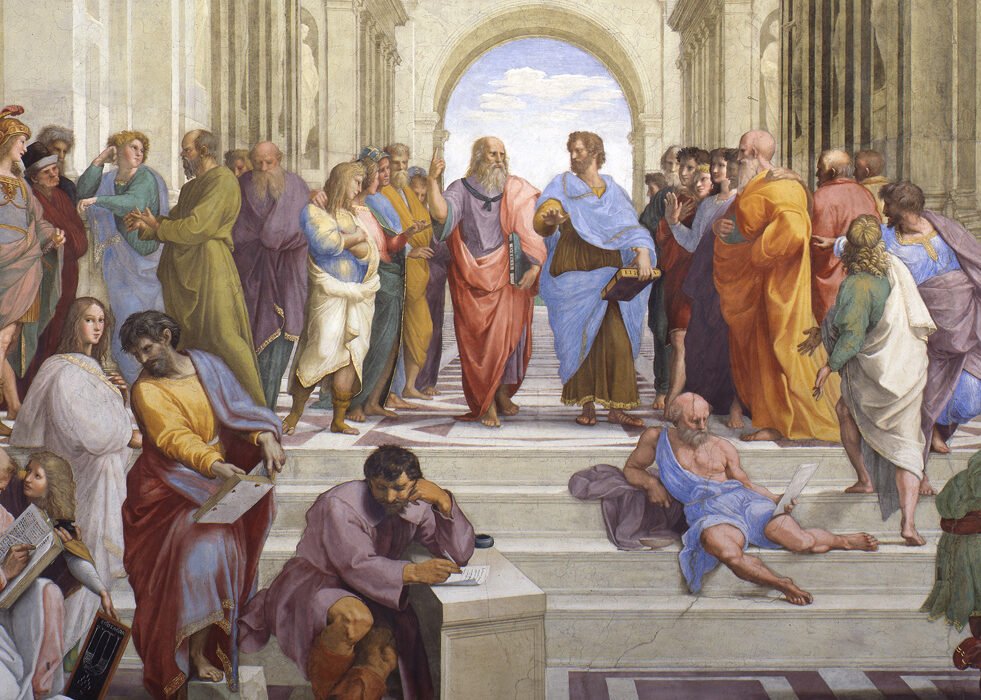In the silent corners of dusty temples, beneath centuries of stone, behind cryptic symbols etched in gold and granite, lies a secret history—a spiritual history veiled not only by time, but by deliberate suppression. Across ancient civilizations, from Egypt to Mesopotamia, from the Andes to the Indus Valley, and beyond, there existed profound spiritual teachings that transcended simple worship or ritual. These were not folk tales or religious myths—they were systems of knowledge designed to awaken human consciousness, unlock divine potential, and guide initiates on the path to enlightenment.
But not all knowledge was meant for everyone. Throughout history, spiritual elites guarded their most powerful teachings, sharing them only with the initiated—those who had proven themselves worthy, disciplined, and morally prepared. These were the mysteries—esoteric doctrines hidden beneath exoteric religions, spiritual truths wrapped in allegory and symbol. And over time, as empires rose and fell, as politics mingled with religion, many of these teachings were not only forgotten but actively forbidden, burned, and banned.
This is the story of those lost and forbidden spiritual teachings: a journey through ancient temples, hidden libraries, secret brotherhoods, and mystical texts that whisper of forgotten paths to divine power. It is a story of suppression and survival, of wisdom silenced—and now slowly returning.
The Hidden Teachings of Egypt: Initiation and the Inner Resurrection
To the average visitor, the temples of ancient Egypt appear as places of ritual and reverence for the gods. But to the initiated, they were more than that—they were spiritual laboratories, designed to transform the soul. Egyptian priests were not just religious functionaries; they were adepts of sacred science, initiates in a tradition that stretched back to a time even they called “Zep Tepi,” the First Time—a golden age when gods walked among men.
One of the most forbidden aspects of Egyptian spirituality was the process of initiation into death and rebirth, a metaphysical journey undertaken not after physical death, but during life. Candidates for initiation would spend days or weeks in total darkness within the halls of temples such as Dendera or Karnak, where they would undergo altered states of consciousness, often aided by sacred plants, sound resonance, or meditation.
The goal? To simulate death, confront the illusions of the ego, and experience the soul’s eternal nature. This journey through the “underworld” was symbolized in myths such as the descent of Osiris and the trials of the soul in the Book of the Dead. But unlike common funerary rites, these teachings were not meant for the deceased—they were meant to awaken the living.
The inner resurrection was a closely guarded process. Not all priests knew the full truth, and those who spoke openly of these mysteries risked exile or worse. Even pharaohs had to earn their right to this inner sanctum of wisdom. The resurrection of Osiris, the weighing of the heart, and the passage through the 42 negative confessions were all allegories for spiritual transformation. To the uninitiated, these were myths; to the initiated, they were manuals.
The Serpent Power of India: Kundalini and the Path to Godhood
In the ancient texts of India—the Vedas, the Upanishads, the Tantras—there lies a spiritual technology so powerful that it was passed only from master to disciple in strict secrecy: Kundalini, the serpent power.
This teaching reveals that every human being holds within them a latent spiritual energy, coiled at the base of the spine, represented as a serpent sleeping within the muladhara chakra. Through disciplined spiritual practice—breath control, meditation, chanting, and inner focus—this energy could be awakened and raised through the spinal column, activating a series of energy centers or chakras, leading ultimately to samadhi, the divine union.
When activated fully, the initiate not only gains mystical insights but may achieve siddhis—spiritual powers such as telepathy, astral projection, healing, and more. The awakening of Kundalini is said to burn away karma, illuminate past lives, and connect the soul to cosmic intelligence. It is both a purification and a rebirth.
Because of its potency, this path was never meant for the undisciplined. Improper awakening of Kundalini was believed to cause madness, physical illness, or spiritual delusion. As such, only the most dedicated students—those who had proven moral integrity, humility, and devotion—were ever guided to this path.
The Tantric texts that explore this knowledge were suppressed by later religious orthodoxy. As Buddhism and Vedanta gained influence, many older tantric schools were marginalized, and some of their texts lost or hidden. What remains is fragmented, often misunderstood, and cloaked in metaphor.
The Babylonian Gatekeepers: The Anunnaki, Divine Codes, and the Lost Tablets
In the lands of Sumer and Babylon, some of the oldest written spiritual records in human history were carved into clay: the cuneiform tablets. Among them are texts such as the Enuma Elish, the Epic of Gilgamesh, and the Tablets of Destiny—records that hint at spiritual teachings now lost or hidden behind allegory.
At the heart of many of these myths are the Anunnaki, celestial beings described as descending from the heavens to shape human civilization. While mainstream scholars view them as gods of myth, many alternative historians and mystics believe the Anunnaki may represent actual beings—perhaps advanced teachers, or even extraterrestrial intelligences—who imparted forbidden knowledge.
Among the most closely guarded teachings were the secrets of divine codes—cosmic laws inscribed in what were known as the Tablets of Destiny. These were said to control the fabric of reality itself: time, fate, cosmic order. Possession of the tablets granted one authority over the universe—a metaphor, perhaps, for mastering the laws of manifestation and creation.
Initiates of the Babylonian priesthood—called baru—were trained in complex astrology, dream interpretation, and invocation rituals. Their temples functioned not only as places of worship but as stargates, connecting earthly life with the heavens. The knowledge they preserved was so potent that later Abrahamic religions absorbed and obscured much of it.
Over time, as political regimes and religious paradigms shifted, much of this wisdom was rebranded as heretical or pagan. The deeper meanings of Sumerian cosmology became buried under millennia of dogma.
The Gnostics: Light in the Flesh, Truth Behind the Veil
Perhaps no tradition has been more thoroughly erased and yet more influential than the teachings of the Gnostics—a diverse group of spiritual seekers in the early centuries of the Common Era who claimed to possess secret knowledge (gnosis) of the divine.
To the Gnostics, salvation did not come from faith in an external savior, but through direct experience of divine truth. They taught that the world was created not by the highest God, but by a lesser entity—a demiurge—who trapped souls in a world of illusion and materialism. The true God, they believed, was pure spirit, and resided within.
Human beings, they taught, carried a divine spark, and through spiritual initiation, introspection, and awakening, they could escape the false world and return to the source.
The teachings of Jesus were, in their view, esoteric instructions on how to awaken the inner light—not dogma to be worshipped. Many Gnostic sects had their own gospels, including the Gospel of Thomas, the Gospel of Mary, and the Gospel of Judas. These texts, buried for centuries and only recently rediscovered (as in the Nag Hammadi library), reveal a mystical, psychological, and cosmic depth that traditional religion sought to hide.
The Gnostics were declared heretics by the early Church, hunted, and destroyed. Their writings were burned, their schools closed, their initiates killed. Yet their teachings survived in secret societies, mystical sects, and now resurge in the modern era as people seek personal spiritual truth beyond institutional boundaries.
The Mayan Time Keepers: The Soul and the Stars
In the jungles of Mesoamerica, the Mayan civilization developed one of the most advanced calendrical and astronomical systems in human history. But beneath their mathematical genius was a spiritual teaching just as precise: the soul was bound to cosmic cycles, and human consciousness evolved in rhythm with the stars.
The forbidden aspect of Mayan spirituality was their knowledge of galactic time, encoded in the Tzolk’in calendar—a 260-day sacred cycle used for spiritual insight, divination, and alignment with higher energies. They believed in katuns and baktuns—larger cycles that shaped human destiny, with each era having a unique spiritual purpose.
Priests, shamans, and astronomers were trained to interpret these cycles and use them to guide individual spiritual development. Initiates were taught that human beings could transform their light body (or kuxan sum, the energy path to the stars) and ascend to higher dimensions.
Much of this spiritual science was destroyed during the Spanish conquest. Entire libraries of codices were burned by missionaries who saw them as works of the devil. Only four codices survived, and most of their meaning remains shrouded in mystery.
Yet among Mayan elders, the teachings never fully died. Today, day keepers and shamans continue to pass on the sacred knowledge orally, preserving the forbidden wisdom that once guided entire civilizations through the stars.
The Atlantean Hypothesis: Spiritual Science Before History
All roads eventually lead to Atlantis—the lost civilization that haunts the myths of nearly every culture, from Plato’s dialogues to the temples of Egypt and India. While Atlantis remains officially unproven, the notion that an advanced civilization existed before recorded history grows increasingly plausible with each archaeological anomaly discovered under oceans or in deserts.
What did the Atlanteans know? Esoteric traditions suggest they possessed a spiritual science that combined crystal technology, sound resonance, astral projection, and dimensional travel. They understood the vibrational structure of the universe and used temples and pyramids not only for worship but for consciousness elevation.
Plato hinted that Atlantis fell not because of war alone, but due to spiritual corruption—priests and kings who misused their power, leading to the civilization’s destruction by water. Echoes of this theme appear in the flood myths of Mesopotamia, India, and Mesoamerica.
Many modern mystics, psychics, and spiritual researchers believe they are rediscovering Atlantean teachings through meditation, dreams, and inner awakening. Whether real or metaphorical, Atlantis represents the ultimate forbidden teaching: that humanity once reached spiritual heights we can scarcely imagine—and may yet again.
Conclusion: The Veil is Lifting
Why were these spiritual teachings forbidden? Because they offered individuals direct access to divine truth, bypassing kings, priests, and institutions. They empowered people to awaken, evolve, and transcend. And that kind of power has always threatened those who seek to control.
But knowledge does not die—it transforms, goes underground, and waits. Today, as humanity faces a crisis of meaning and consciousness, the old truths stir once more. The rise of meditation, energy healing, sacred geometry, and interest in ancient wisdom is not a trend—it’s a remembering.
The veil is lifting. The forbidden is becoming the revealed. The flame once hidden in mystery schools and stone temples now flickers in hearts across the globe.
We are not walking into the future blindly—we are walking backward into a future once known. The teachings are returning. The sacred fire is being rekindled.
And this time, it may burn brighter than ever before.






